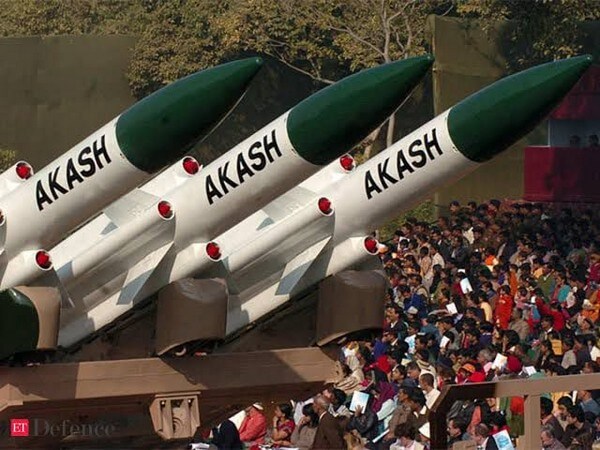
When India Goes to War With China
 Fri, 17 Dec 2021
| Reading Time: 6 minutes
Fri, 17 Dec 2021
| Reading Time: 6 minutes

It is an open secret that China challenges everything India sets its eyes on, be it cooperation with Quad partners (the United States, Australia, Japan), international organizations like United Nations, WHO, or designating a terrorist organization. India, a Quad member and a close ally of the United States, has become the biggest eyesore for China. The government of India has limited time before China becomes confident enough to collectively challenge India at its northern borders as well as look after its security issues in the South China Sea.
Is India ready to take on China? Is Chinese militarily really that strong what it projects?
The Nuclear Equation
China plans to double its overall nuclear arsenal by the next decade. A large number of these missiles are oriented towards India. In all, an estimated 110 Chinese missiles could strike all or parts of India. These numbers do not include the latest discovery of missile silos in Xinjiang. What I include here are DF-31A and DF-31. Both missiles cover all of India. Another deployment of DF-21s has reach up to New Delhi. Though the Chinese foreign ministry spokesperson stated that China doesn’t target the civilian population, knowing China and its track record of not following any norms, nothing can be ruled out. The missiles in Xining and Qinghai Province can target parts of India’s northeast and east coast. These assessments would change as China employs and deploys more road-mobile missiles in the coming years.
On the Indian side, it is estimated that around 10 Agni-III launchers deployed in Assam cover all of the Chinese mainland. Another eight Agni-II deployed in Assam have reach up to central China. Canisterized Agni-P with a reported range of 1,000 to 2,000 kilometers is another game-changer. Agni-P carries a larger payload than Agni-II, though the status of its deployment is not known. Agni-V with a supposed range of 8000 kilometers could be entering service any time soon. As per ‘Arms Control Association’ even supersonic BrahMos could be paired with a miniaturized nuclear warhead. As of November 2021, India has deployed BrahMos in the union territory of Ladakh and the state of Arunachal Pradesh.
As far as airborne nuclear capabilities are concerned, two squadrons of Jaguar IS and one squadron of Mirage 2000H fighters, with more than 50 aircrafts, are nuclear missions capable. These aircraft can reach Tibetan airspace equipped with nuclear gravity bombs. 42 Su-30s have been modified to carry nuclear Brahmos missiles. Strategic Forces Command of India is known to have 216 BrahMos in its inventory. India’s newly inducted Rafale fighters are also likely undergoing modifications to carry nuclear warheads. On the Chinese side, there has been speculation from the United States sources that the Chinese H-6N is intended to be a nuclear-capable platform, but this is yet to be confirmed.
Conventional Indian Forces
The total available Indian Army strike forces near China’s border areas are expected to be around 2,25,000. This includes roughly 3000 personnel attached to a T-72 tank brigade in Ladakh and approximately 1000 personnel attached to the Brahmos regiment in Arunachal Pradesh. The Eastern Command has the highest troops, 1,75,000 followed by the Northern Command’s 34,000 and the Central Command’s 15,000 troops.
The Indian Air Force (IAF) has an estimated 300 fighters and 68 ground attack aircraft across its three China-facing commands. The Western Air Command (WAC), has around 90 fighters and 34 ground attack aircraft, the Central Air Command (CAC) has around 94 fighters, and 34 ground attack aircraft, the Eastern Air Command (EAC) has 116 fighters. WAC, CAC, and EAC each have 5, 1, and 9 Advanced Landing Grounds (ALGs) respectively. India is also converting 20 highways into emergency airstrips for the usage of IAF.
Conventional Chinese Forces
China’s Western Theatre Command (WTC) has an estimated 90,000-1,20,000 troops mainly based at Chongqing and Baoji. However, Western Theatre Command’s ground operational authority does not extend to Tibet and Xinjiang. These areas are designed as Military Districts, Tibet MD 40,000 troops, and Xinjiang MD 70,000 troops.
PLA Air Force has around 157 fighters and a variety of drones. Fighters include J-8F, J-8H, JH-7A, J-10, J-11, J-11A, J-11BS, Su-27UBK, Su-27SK, and J-7IIM. The UAVs include GJ-1/WD-1K precision strike UAVs, WD-1 ground attack and reconnaissance UAVs, WD-1 precision strike UAVs, and EA-03 reconnaissance and electronic warfare UAVs.
The Comparison
The all-inclusive Chinese ground forces in the region at 2,30,000 troops are far less than Indian forces. The Chinese forces include Western Theatre Command forces based in the interior of China and Military Districts of Tibet and Xinjiang. Therefore, in case of a conflict mobilization of these forces from the interiors of China or Xinjiang would neither be easy nor cost-effective. Compared to this the Indian forces are largely in position.
China’s tank strength stands over 3200 whereas India far exceeds this number at over 4200 tanks. China makes do this shortfall with 33,000 armoured fighting vehicles. India has significantly lower numbers at just over 8600.
When it comes to airpower, Indian and Chinese overall aircraft strengths are 2182 and 3210 aircraft respectively. The most significant difference comes in China’s fighter strength which is double of India’s strength. However, India has double the number of fighters already in bases facing China. These fighters are either comparable or superior to Chinese fighters. Despite having a fifth-generation stealth fighter J-20 what worries PLAAF the most is IAF’s 4.5-generation fighter, Rafale. It is equivalent or superior to J-20 in many aspects.
The PLAAF’s inventory of roughly 33 AWACS and airborne early warning and control (AEW&C) aircraft far exceeds the IAF fleet of 5-6 aircraft. Chinese KJ-2000 Mainring (based on IL-76), KJ-200 Moth (Shaanxi Y-8), and KJ-500 (Shaanxi Y-9) enhance their capabilities to detect, track, and target threats. On the other hand, IAF operates the DRDO AEW&C system (based on the Embraer ERJ) and the EL/W-2090 Phalcon AEW&C (based on Beriev A-50). This shortfall is enhanced by 11 P-8I Poseidon aircraft of the Indian Navy from time to time.
CH-47F Chinook, Mi-26, Mi-8, Mi-17, Mi-17 1V, and Mi-17V enhance IAF’s heavy and medium-lift capacity. Light Combat Helicopters (LCH) and HAL Rudra are dedicated to combat missions. The recently inducted Boeing AH-64E Apache attack helicopters will further facilitate the IAF to perform day/night, all-weather attack missions. On the other hand, PLAAF operates the WZ-10 attack helicopters, Mi-8, and Harbin Z-9 utility helicopters, and Changhe Z-8 transport/utility helicopters, giving clear-cut advantage to IAF.
The IAF’s strategic air lifters, include the C-17 and C-130J, ensuring rapid transfer of equipment and supplies. IL-76, AN-32, and Do 228 transport aircraft further enhance IAF’s lifting capacity. The PLAAF’s smaller fleet of strategic airlift assets, Y-20, and Il-76 aircraft pale in front of IAF’s capacity.
PLAAF’s training also has gaping holes admitted by many Chinese commanders. They worry that PLAAF pilots are excessively dependent upon ground controllers. In random and ever-changing combat scenarios, this dependence suggests that PLAAF combat proficiency is considerably weaker than often estimated.
PLAAF has air bases and airfields near LAC with India. They have a permanent presence as well as June to September detachments at Hotan, Lhasa/Gonggar, Ngari-Gunsa, and Xigaze. These are high-altitude air bases often encountering difficult weather conditions. Such restrictions limit Chinese fighters’ payload and fuel carrying capacity to almost half. In contrast, IAF fighters are based at airfields unaffected by these geographic and weather restrictions and can carry maximum payload and fuel.
To sum it, India has a robust regional air position, with “a large number of airfields in the eastern and western region. If some of these airfields are down, operations can continue from other locations. IAF can also repair any airfield within six hours with quick-drying concrete. Even if PLAAF incapacitates an airfield for 24 hours, it will require 220 ballistic missiles to complete that mammoth task. PLAAF has under 1200 such missiles in the region. That means PLAAF can not keep even three airfields completely shut for more than two days. Integration of runway replacement fiberglass mats into its base defense systems has damaged China’s capacity to incapacitate Indian airfields. The induction of S-400 air defence systems would further dampen China’s aerial attack capabilities.
Why China Can’t Win
China, due to its unique political requirements has many drawbacks. Shared command responsibility and army-dominated chain of command and force structure severely affect PLA’s flexibility. China’s inexperienced commanders and staff have already shown their mettle in the recent past. Many commanders posted to the Western Theatre Command lacked combat experience. The stress levels for these commanders were so high that three of them have been replaced within 10 months. General Zhang Xudong head of Western Theatre Command died within six months of relinquishing his post. His replacement, General Xu Qiling, stepped down after just two months and has gone incognito ever since.
The underdeveloped Chinese NCO Corps is another cause of concern for the PLA’s commanders. PLA also has multiple generations of equipment in units making them obsolete. Poor training and underdeveloped air-to-ground support are other grey areas.
Despite all these drawbacks, China is still a formidable force. Comparison of forces is just one criterion. Infrastructure, logistics support, technological advancements, grey zone tactics, disruptive technology, indigenization of weapon platforms, etc are some of the other aspects which decide the outcome of a war.
Indian commanders know it well that Quad forces will not fight India’s war. The best they can do for India is to be available in full strength at the station in the South China Sea. This would keep the Chinese assets from other Theatres committed to the east coast. India should keep in mind that Pakistan could be employed by China to utilize the same tactics against India.
PLA commanders are aware of the fact that a war with India would be a stalemate. However Chinese leader Xi Jinping is desperate. His desire to remain supreme leader for life, plummeting economic numbers, stagnant population growth, and his desire to show to the Chinese citizens that he is on the winning side would force China to take this suicidal step, sooner than later. Never forget, Xi is known to do unwise things with enthusiasm.
***********
Disclaimer
The opinions expressed in this article are the author’s own and do not reflect the views of Chanakya Forum. All information provided in this article including timeliness, completeness, accuracy, suitability or validity of information referenced therein, is the sole responsibility of the author. www.chanakyaforum.com does not assume any responsibility for the same.
Chanakya Forum is now on . Click here to join our channel (@ChanakyaForum) and stay updated with the latest headlines and articles.
Important
We work round the clock to bring you the finest articles and updates from around the world. There is a team that works tirelessly to ensure that you have a seamless reading experience. But all this costs money. Please support us so that we keep doing what we do best. Happy Reading
Support Us





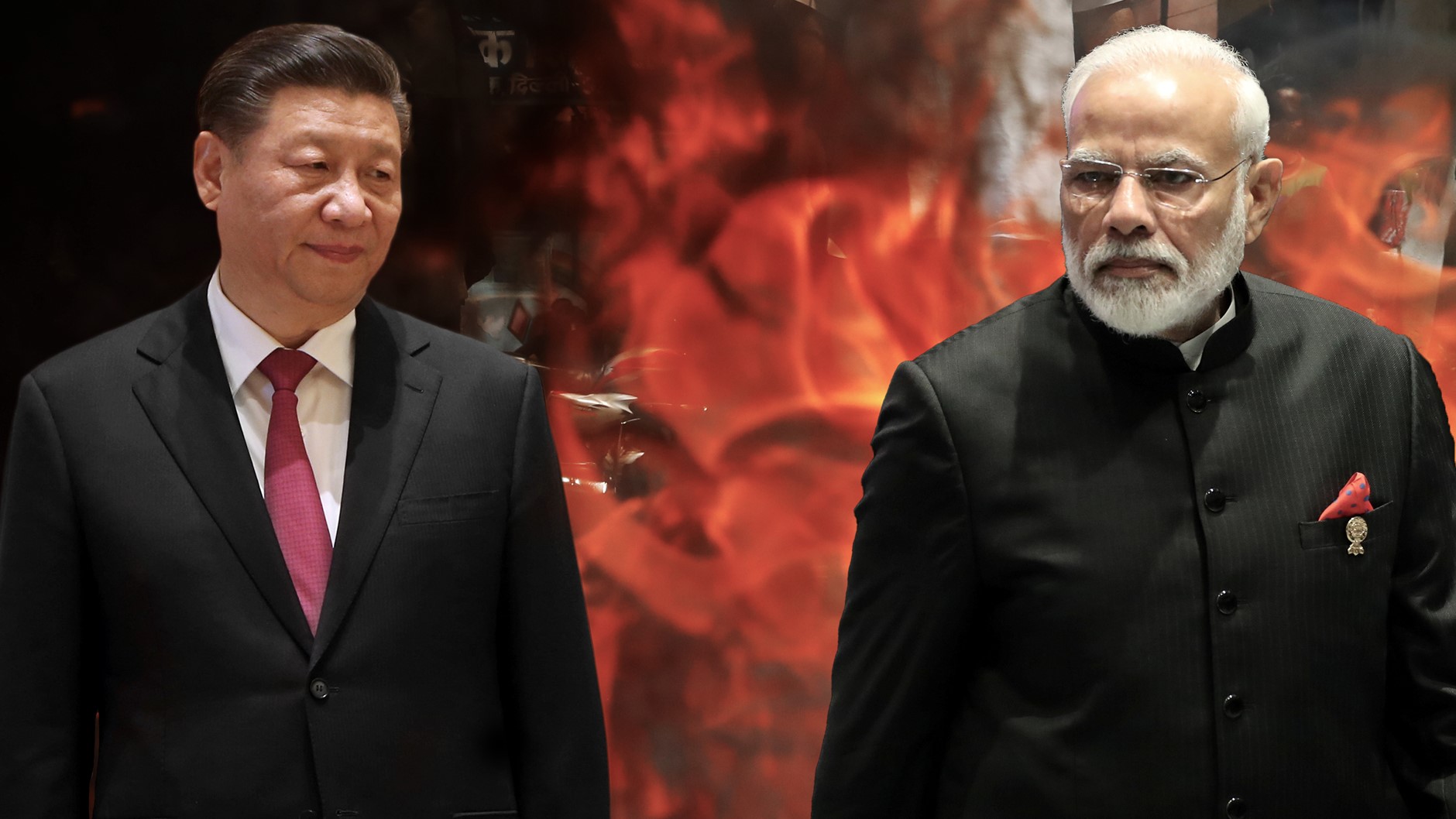
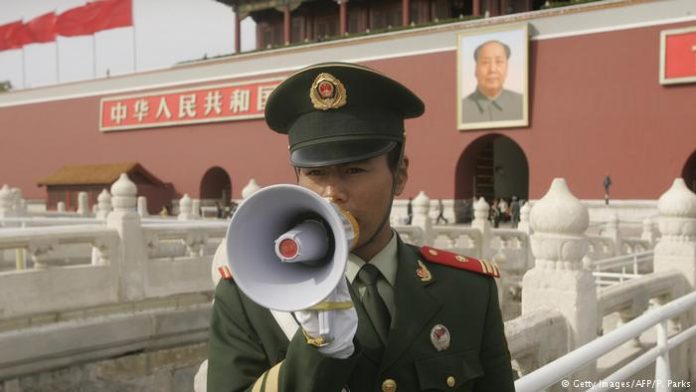
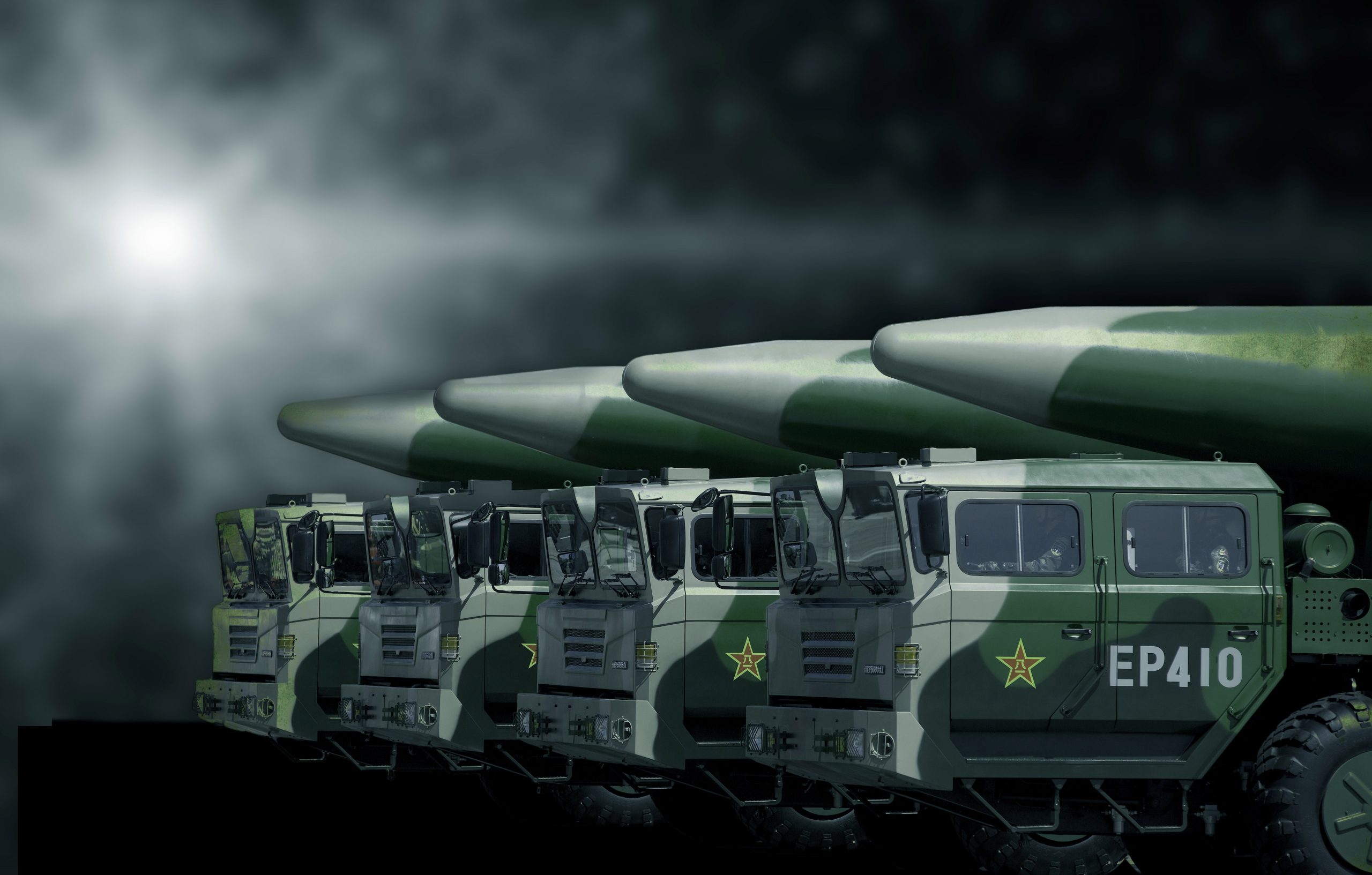
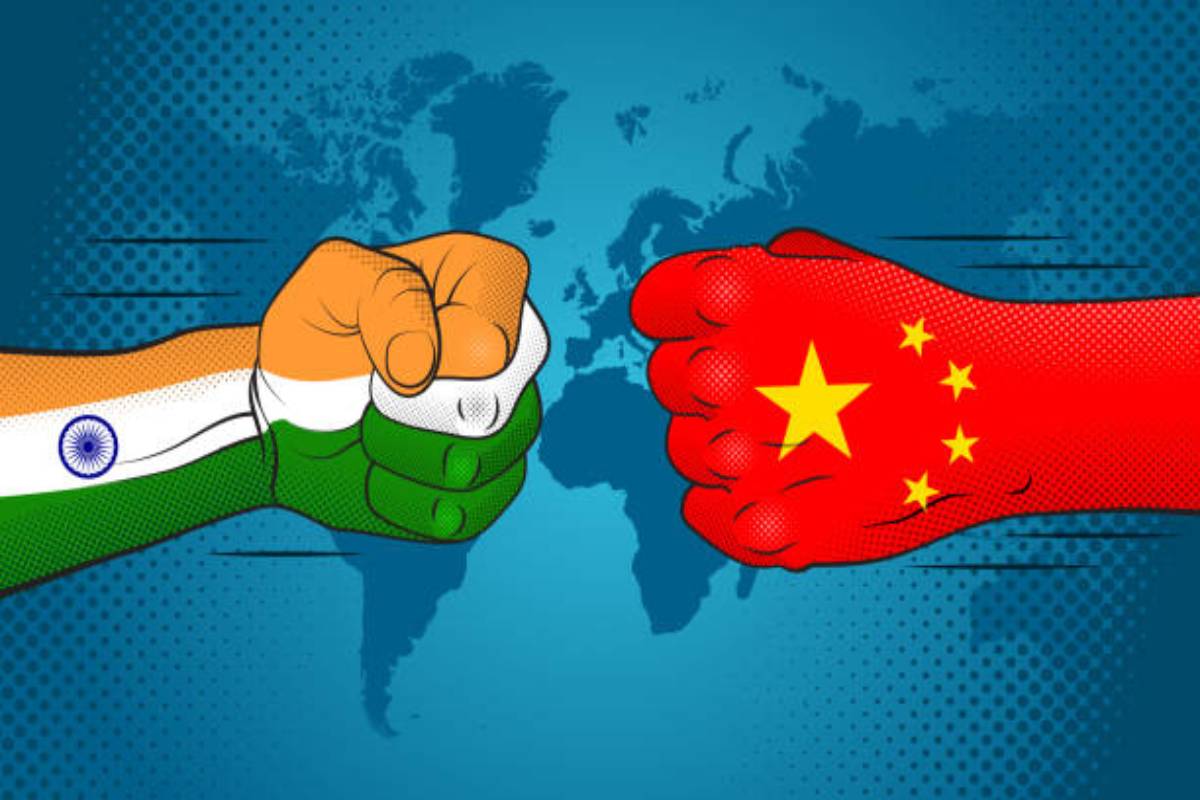
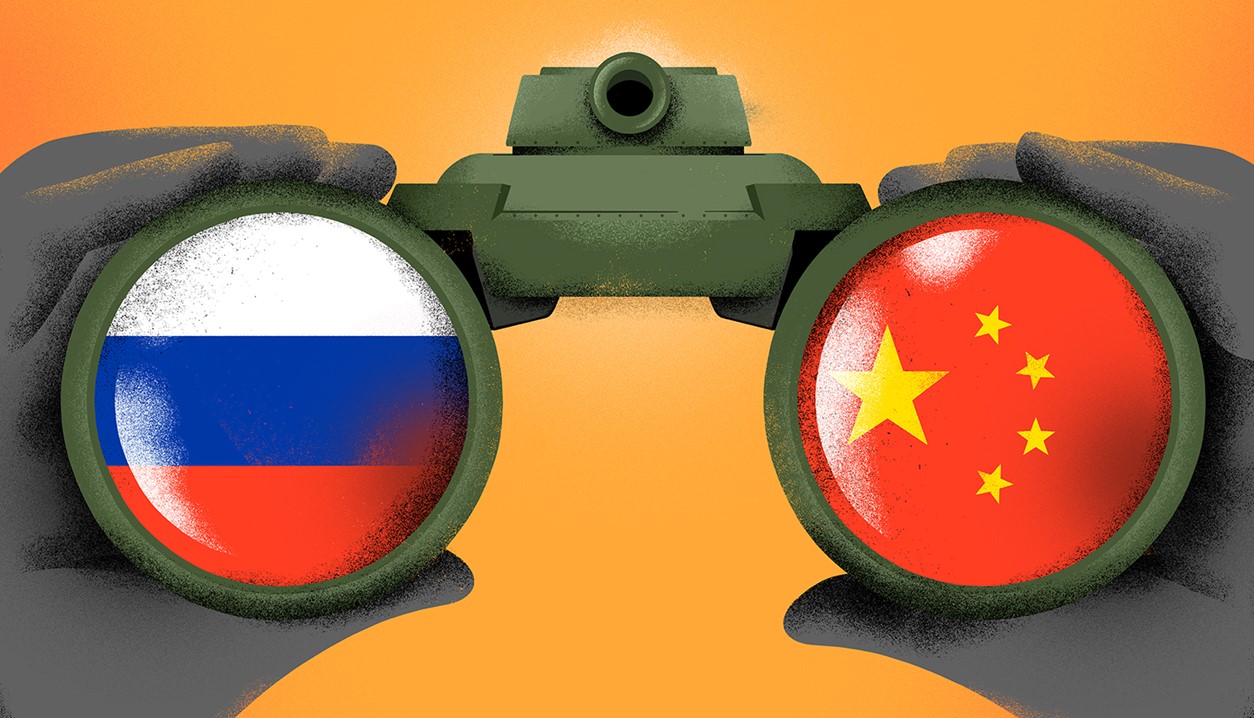
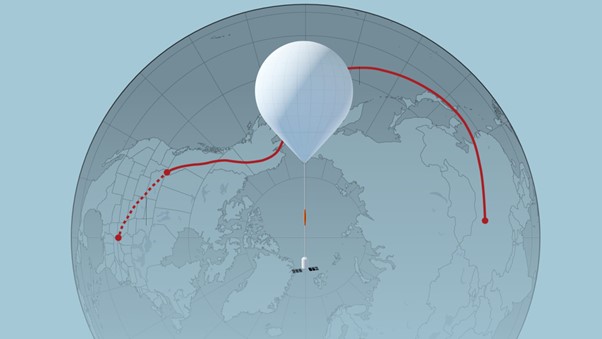
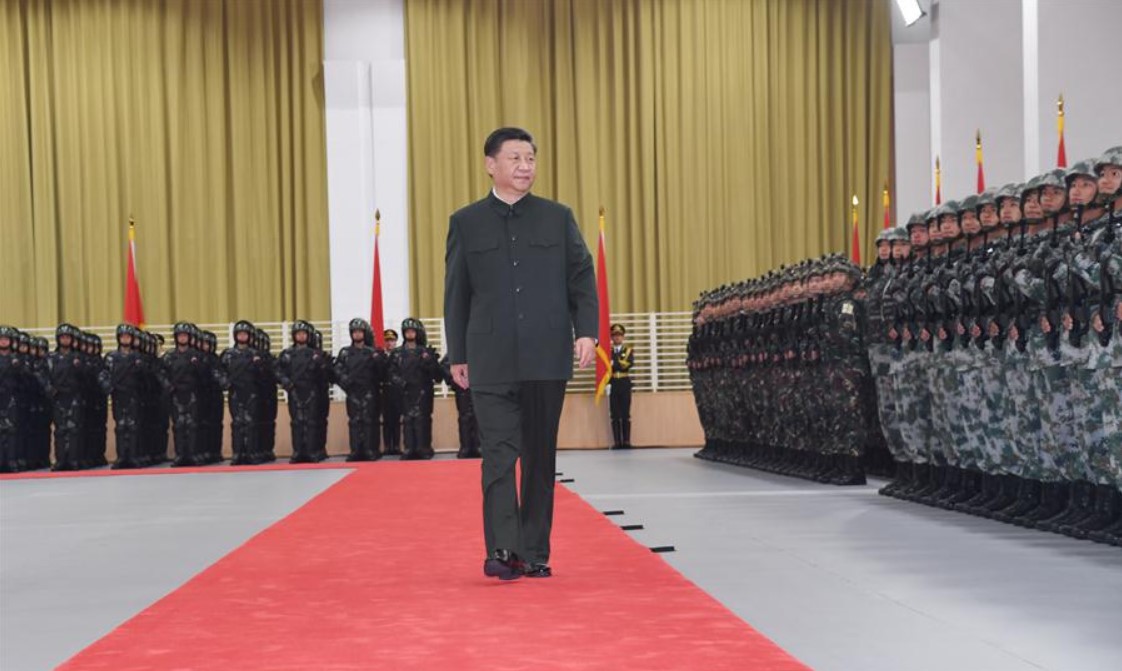
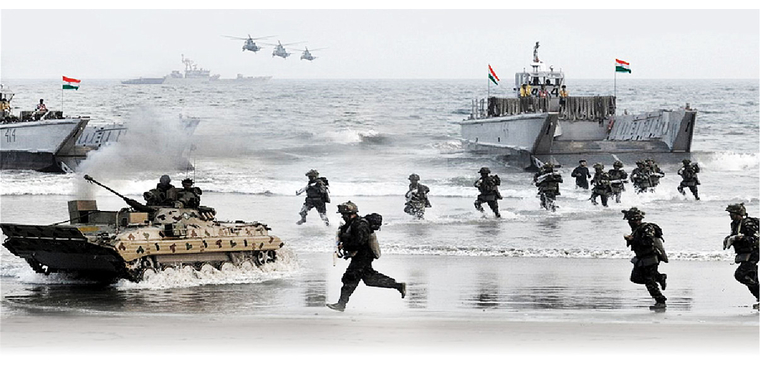

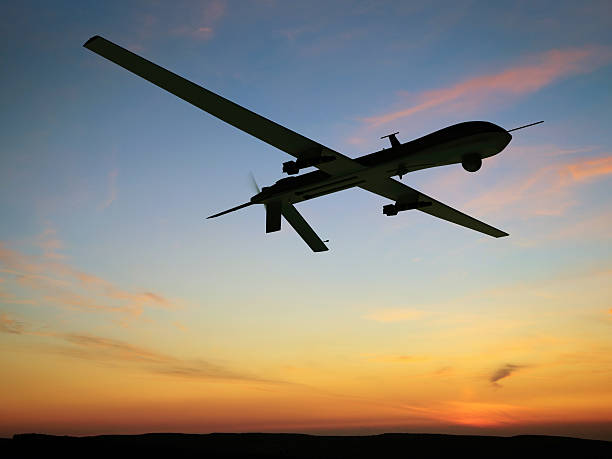






POST COMMENTS (33)
Col Vivek Bopiah (Retd)
Raman
Sri
Sujnan
Nitesh Bhardwaj
Rajesh Dhawan
Sukhjit singh
Atul Dewan
D'Nanda Dunham
BINOO KRISHNA
TP MADHU
Pradeep
Gaurav Chaturvedi
ASHOK IYER
Dhirender Gaur
Sameer
Brajesh
Vinod Sivaraman
Capt PK Misra
Srinath S
satish pande
LtCdr. PK Sinha
K Sreenivas
Vijay Nair
Raman Gupta
Wendell Bruges
Anurag Chandra
Arvind Tomar
Cdr Deepak Singh
Raman Plakkot
RAMAKRISHNAN Venkat
Corpen Sierra
Gp Capt TR Ravi VM (Ret'd)